Preparing for the intense heat is essential as we head into the warmer months. Summer 2024 is all set to be among the hottest on record in the United States. This extreme heat underscores the need for effective cooling strategies to keep homes and environments comfortable.
In this guide, we’ll explore various methods for naturally creating a cooler, more comfortable living space. These tips are easy to implement and can also make your home more energy-efficient.
Harness the Power of Shade

Shade can be a game-changer for reducing indoor temperatures. Planting deciduous trees around your home adds beauty. It helps to prevent approximately 70% to 90% of the solar radiation from entering the ground below. This method significantly reduces the temperature by 20 to 45°F compared to areas exposed to direct sunlight.
Installing outdoor shades, such as retractable awnings, over windows and patios also prevents direct sunlight from entering and can cool a place down by up to 77%.
Ventilate with Strategic Window Placement

Cross ventilation is a method for effectively cooling a home without using energy. The process involves opening windows on opposite sides of the house, thereby creating an airflow. This will push out warm indoor air and pull in cooler outdoor air.
Cross ventilation is at its optimum during early morning and late evening because outdoor temperatures are lower then.
Use Reflective Window Films
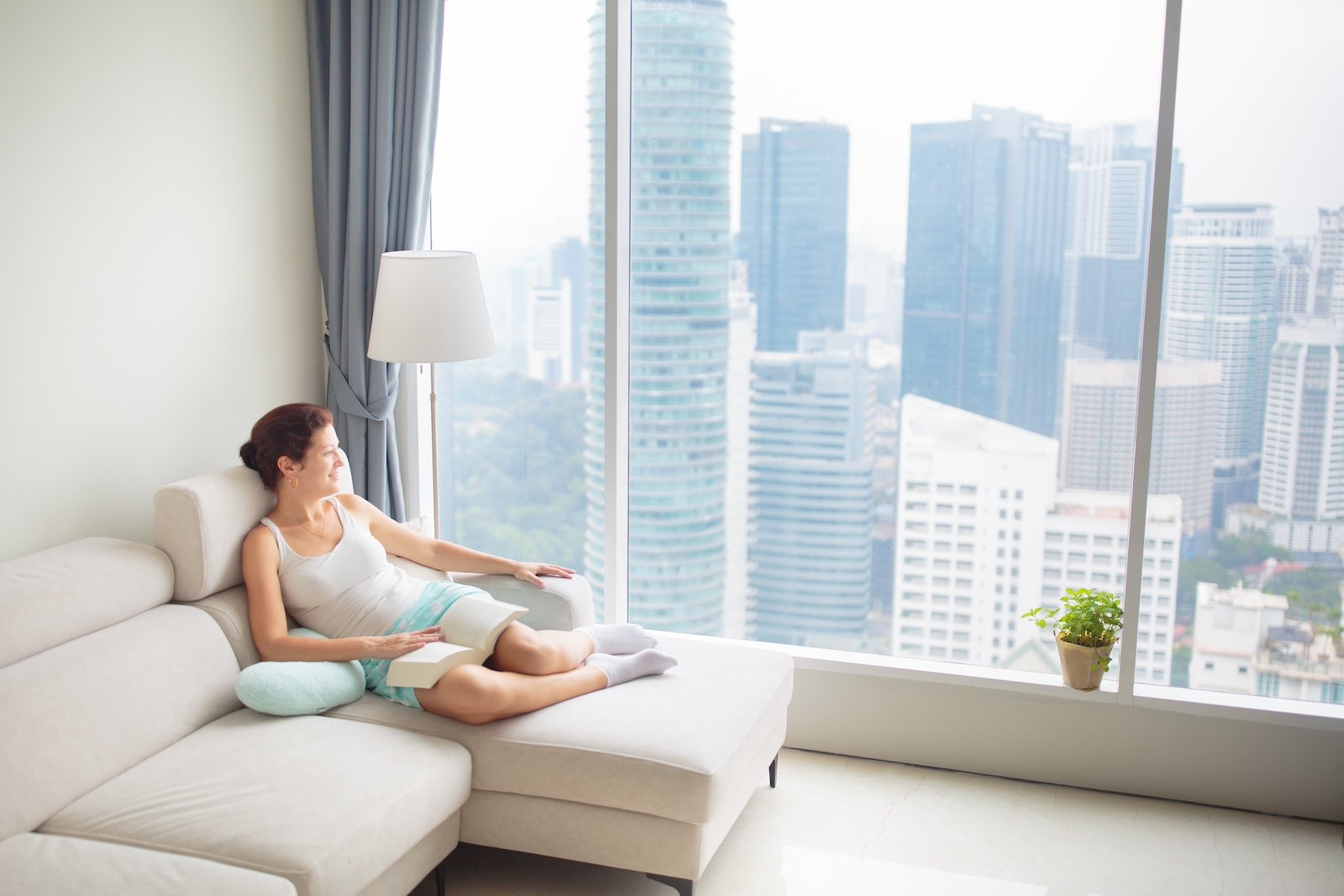
Reflective window films are a simple yet powerful tool to block out heat. These films use metalized particles within their layers to bounce incoming solar radiation away from your windows. These tiny particles form a barrier that blocks much of the sun’s heat and light from passing through the glass.
By creating a reflective surface, the film helps keep sunlight out, lowering indoor temperatures and making your home cooler and more comfortable. These films also block 99.9% of the sun’s UV rays, a potential trigger for skin cancer.
Install Light-Colored Roofs
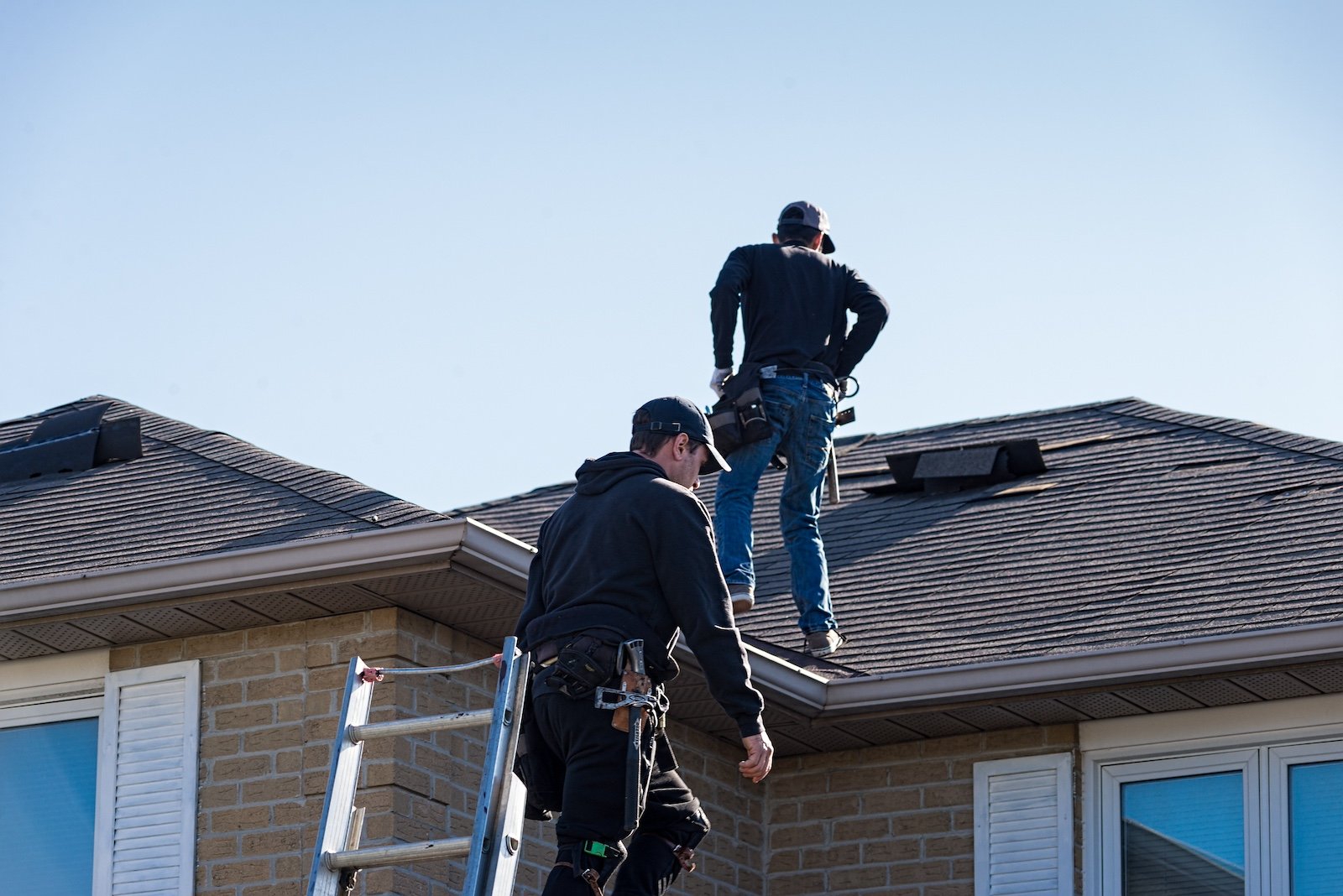
Light-colored or reflective roofing materials can dramatically affect your home’s temperature. Unlike dark roofs, which absorb heat and increase indoor temperatures, light-colored roofs reflect sunlight and heat away.
Cool roofs can decrease temperatures by as much as 50°F, leading to a 10-15% reduction in cooling energy use. This simple change can also extend the lifespan of your roofing materials by reducing thermal stress.
Seal Gaps and Insulate
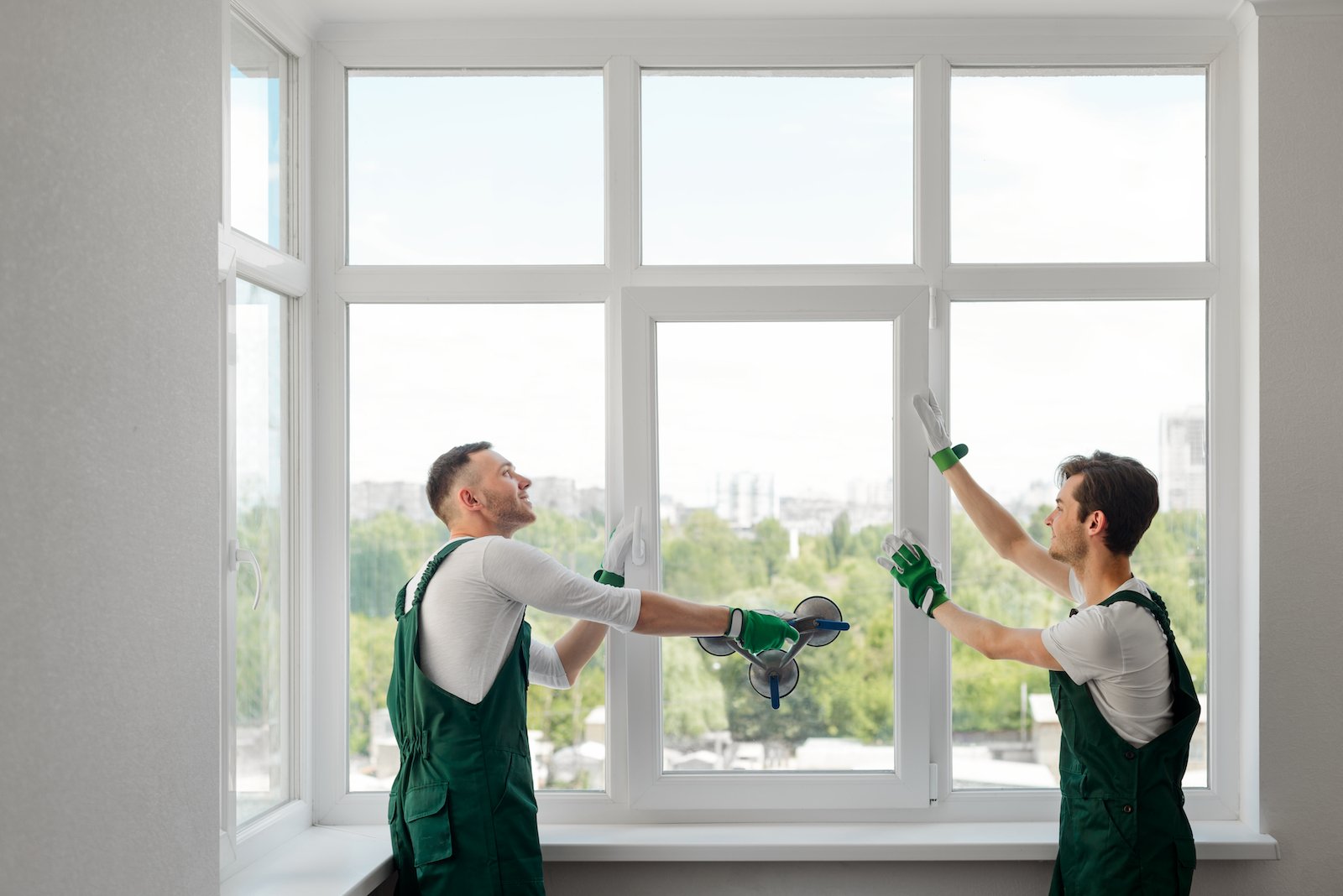
Proper insulation and sealing gaps around doors, windows, and other openings will help block hot air from reaching your home and preserve the cool air inside. Cellulose insulation, made from recycled paper fibers, works wonders, effectively reducing heat transfer by creating a dense barrier that slows heat movement. This enhances energy efficiency by minimizing heat loss in winter and heat gain in summer.
Insulation also regulates humidity, which helps to prevent condensation and mold and contributes to a healthier indoor environment.
Keep Blinds and Curtains Closed
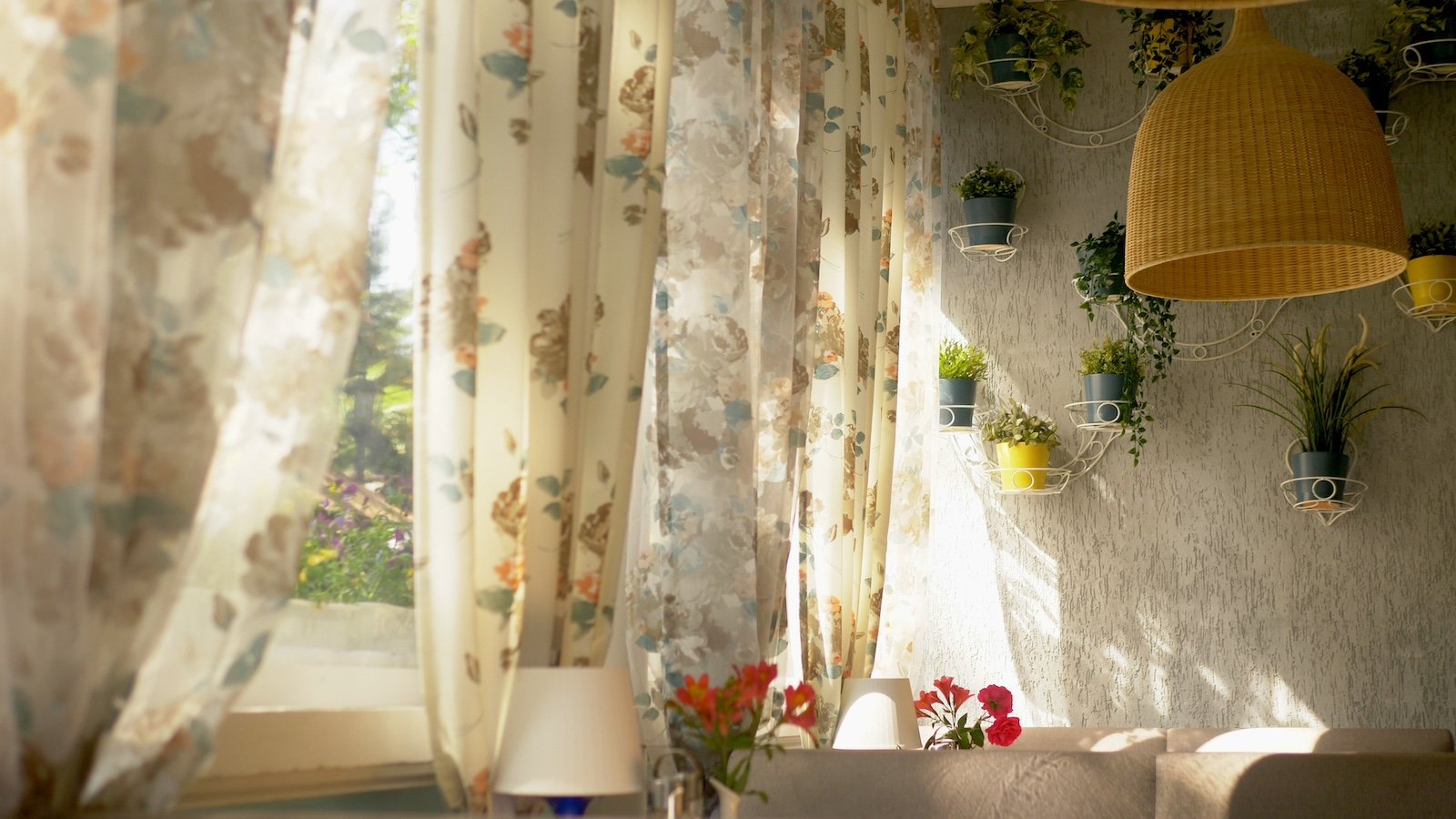
Blinds and curtains are practical tools for controlling indoor temperatures. The best method is to keep them closed during the hottest parts of the day. This will block out the sun’s rays and prevent heat from entering your home, reducing indoor heat gain by up to 77%.
Additionally, thermal or blackout blinds can enhance this effect by providing extra insulation and blocking out heat more effectively.
Use Ceiling Fans Wisely
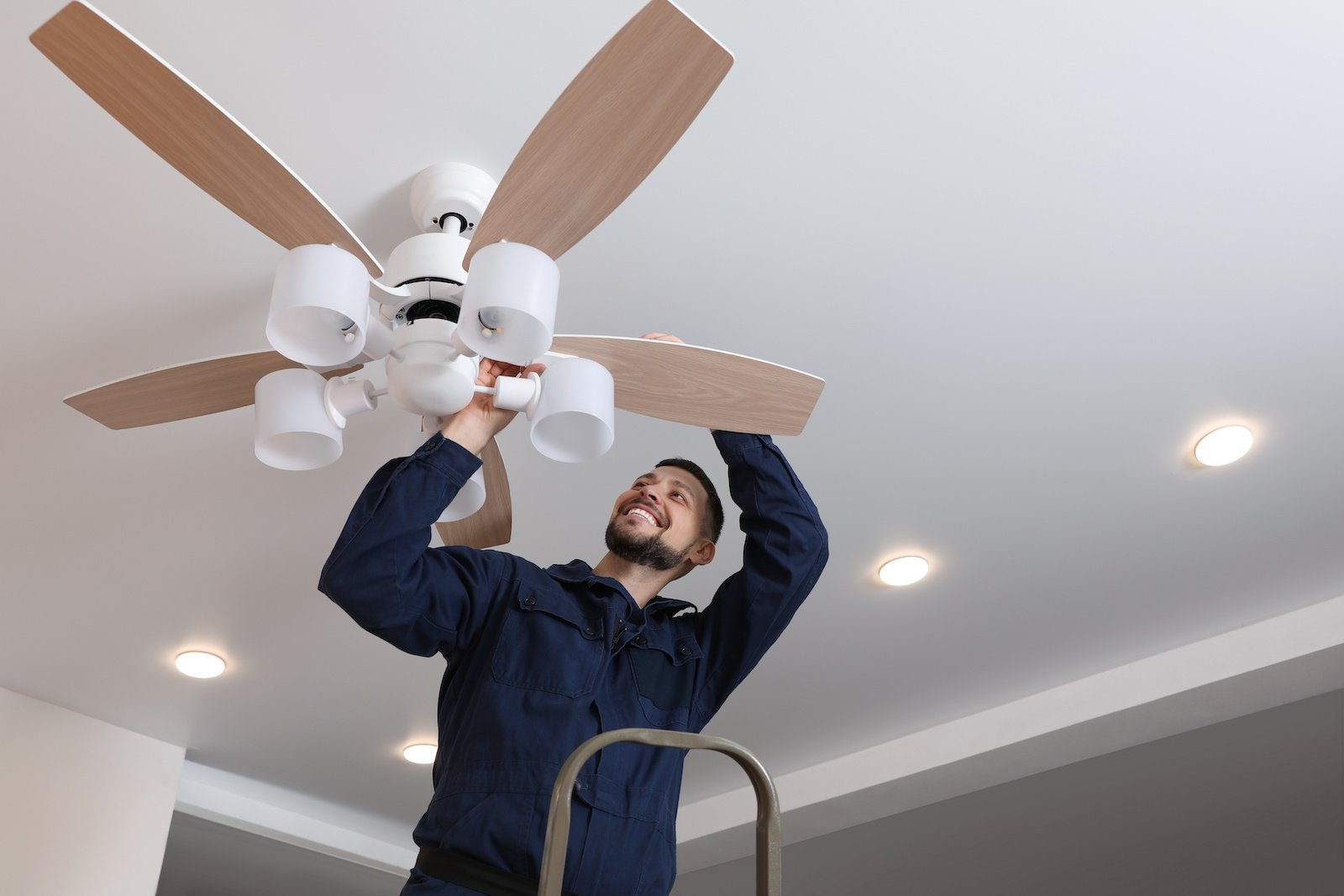
Ceiling fans are an energy-efficient method to lower the temperature of your rooms. Using a ceiling fan with an AC can save about 12% on energy bills. The “4° Method” involves setting your thermostat to 4°F higher than your desired temperature and using a ceiling fan to achieve the same comfort level.
This approach keeps the room cooler without relying solely on the HVAC system, helping to reduce unnecessary energy use.
Cook Smart

Cooking can significantly increase indoor temperatures, especially when using heat-intensive appliances like ovens and stoves. To keep your home cooler, choose cooking methods that produce less heat, such as slow cookers or microwaves.
These methods help maintain a more comfortable living space by reducing the heat released into your home. By choosing these lower-heat options, you can avoid adding extra warmth to your indoor environment, making it easier to stay calm.
Create a Green Roof

Green roofs contribute to cooling by enabling evaporation through plant transpiration, which cools the air around them. Moreover, the layer of soil and plants on green roofs provides insulation, minimizing heat transfer into buildings and reducing energy costs.
Green roofs can significantly lower temperatures than traditional roofs, often 30–40°F cooler. They also have the potential to reduce overall city temperatures by up to 5°F. Moreover, green roofs can cut building energy consumption by 0.7%, which helps decrease peak electricity demand and translates into annual savings of $0.23 per square foot of roof area.
Opt for Natural Fiber Rugs

Natural fiber rugs, like jute rugs, are highly effective at regulating room temperatures year-round. In the winter, they act as a barrier against cold floors, while in the summer, they help maintain a more excellent surface, offering respite from the heat.
This adaptability enhances the comfort of any space, making natural fiber rugs a practical choice for improving indoor climate and overall comfort. Plus, their natural materials contribute to a healthier and more eco-friendly home environment.
Switch to Energy-Efficient Lighting
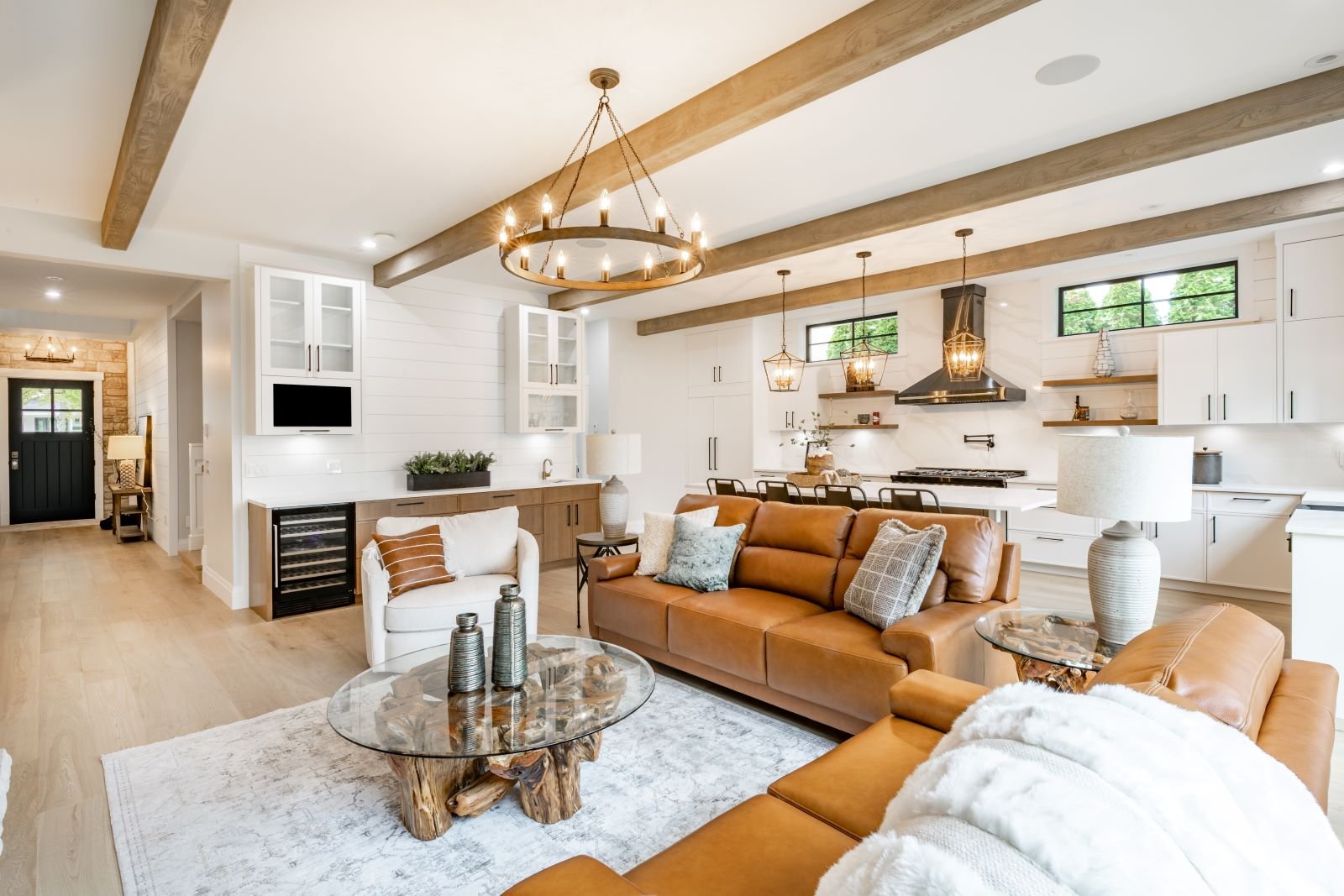
Traditional incandescent bulbs generate significant heat, which can contribute to a warmer indoor environment. Switching to energy-efficient LED lights can reduce the heat produced by lighting.
It was also found that LED lights use 90% less energy than incandescent bulbs, reducing utility bills as well.
Cool Your Bed

To cool your bed naturally, start by using lightweight, breathable sheets made from materials like cotton or linen, which allow air to pass and wick away moisture. You can also place a cooling gel pad or a chilled water bottle under your pillow or sheets to keep the bed surface cool. Another trick is to freeze your pillowcases or sheets for a few minutes before bedtime, providing a refreshing coolness when you lie down. Ensuring good airflow in your bedroom with a fan or by opening windows can also help maintain a cooler sleeping environment.


